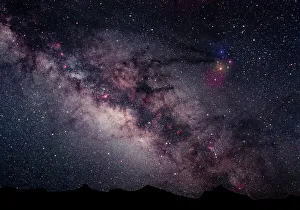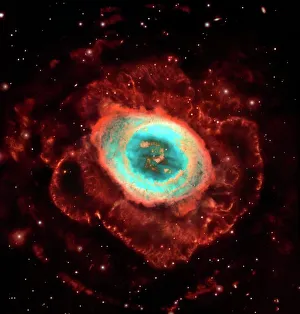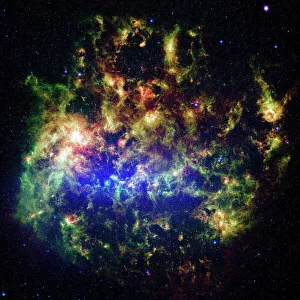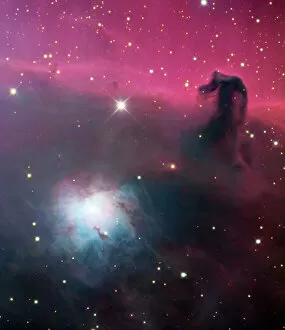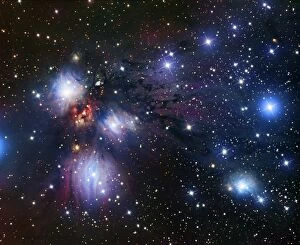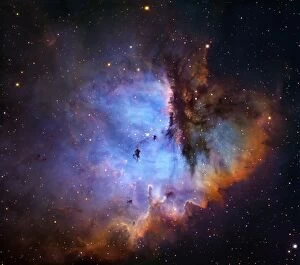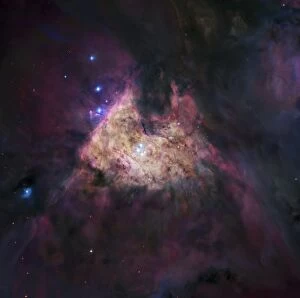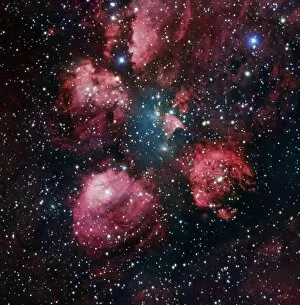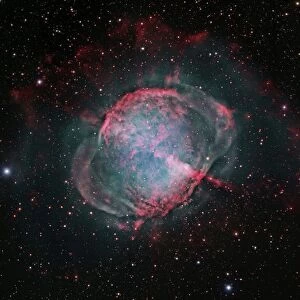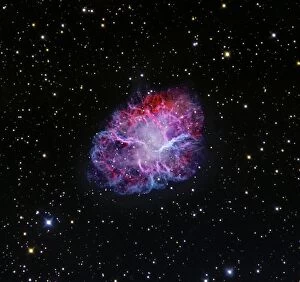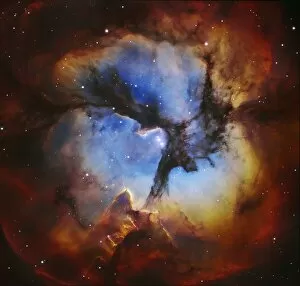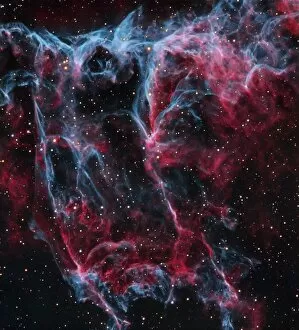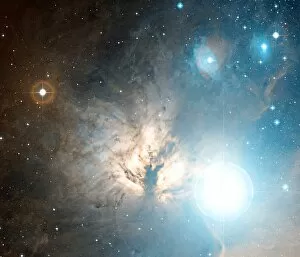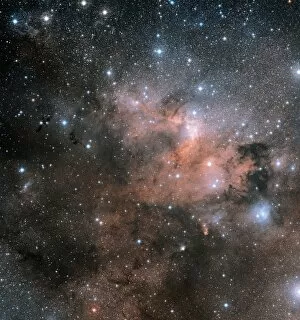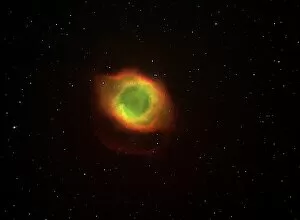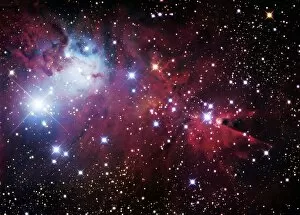Ionised Gas Collection
"Ionised Gas: Unveiling the Cosmic Spectacle" Step into the vast expanse of the Milky Way, where ionised gas dances in mesmerizing displays
All Professionally Made to Order for Quick Shipping
"Ionised Gas: Unveiling the Cosmic Spectacle" Step into the vast expanse of the Milky Way, where ionised gas dances in mesmerizing displays. From the captivating Ring Nebula M57, as captured by Hubble's C017 / 3725 image, to the awe-inspiring Solar prominence that illuminates our own star. Venturing further, we encounter celestial wonders like the ethereal Large Magellanic Cloud and its intricate tapestry of ionised gases. The enigmatic Horsehead Nebula beckons with its dark silhouette against a backdrop of vibrant hues. Glimmers of light reflect off NGC 2170's Reflection Nebula, painting a picture reminiscent of an artist's brushstroke. Meanwhile, Eagle Nebula (NGC 6611) reveals a stunning optical image that unveils newborn stars amidst swirling clouds in C017 / 3719. Witnessing starbirth becomes possible through C017 / 3732's optical image capturing NGC 281 starbirth region. Its radiant glow serves as a testament to nature's ability to create new cosmic marvels. The Trifid Nebula M20 enchants with its trifurcated beauty—a blend of dusty lanes and glowing regions filled with ionised gas—showcased in C017 / 3720's optical image. Delicate wisps adorn IC 1340 or Veil Nebula—an exquisite display resembling gossamer threads woven across space—captured flawlessly in C017 /3755’s optical image. Nature takes on floral inspiration within Tulip nebula (optical image C017/3754), where tendrils bloom like petals reaching towards infinity—an extraordinary sight indeed. Finally, we gaze upon one of the most iconic celestial sights—the Great Orion Nebula (M42). Hubble’s breathtaking C017/3753 image showcases this stellar nursery brimming with ionised gas, unveiling the birthplace of countless stars.

